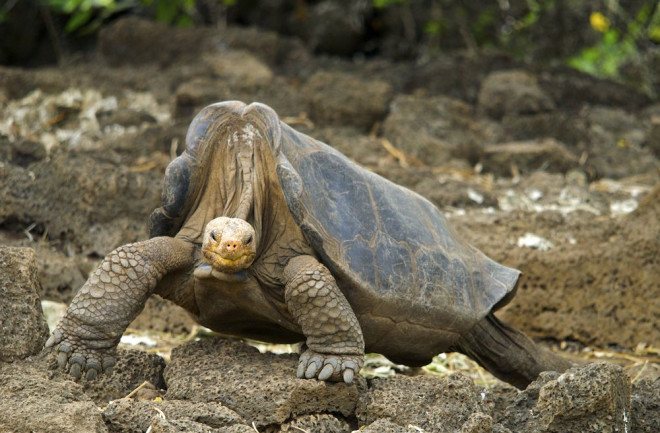Giant tortoises have exceptionally long lifespans and often live well past 100 years old. Now, a new study unveils genetic clues to the animals’ longevity, including gene changes that may protect giant tortoises from cancer, bolster the immune system and help regulate metabolism. The findings add to how these processes contribute to aging.
Lonesome George's Genome Shows How the Giant Tortoise Lived Past 100

Lonesome George the giant tortoise died in 2012 at more than 100 years old. Scientists studied his genes to discover clues to how these animals live so long. (Credit: Arturo de Frias Marques/Wikipedia)
Newsletter
Sign up for our email newsletter for the latest science news
0 free articles left
Want More? Get unlimited access for as low as $1.99/month
Stay Curious
Sign up for our weekly newsletter and unlock one more article for free.
View our Privacy Policy
Want more?
Keep reading for as low as $1.99!
Already a subscriber?
Find my Subscription
More From Discover
Stay Curious
Subscribe
To The Magazine
Save up to 40% off the cover price when you subscribe to Discover magazine.
Copyright © 2025 LabX Media Group
